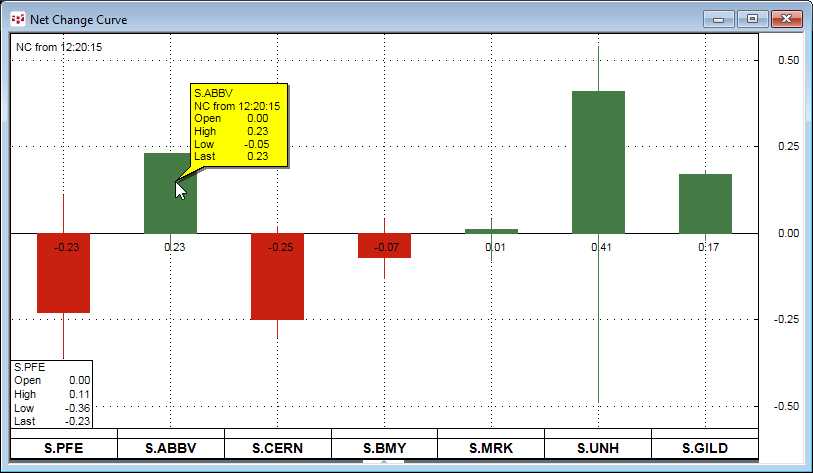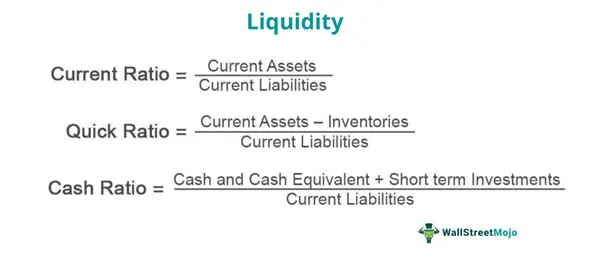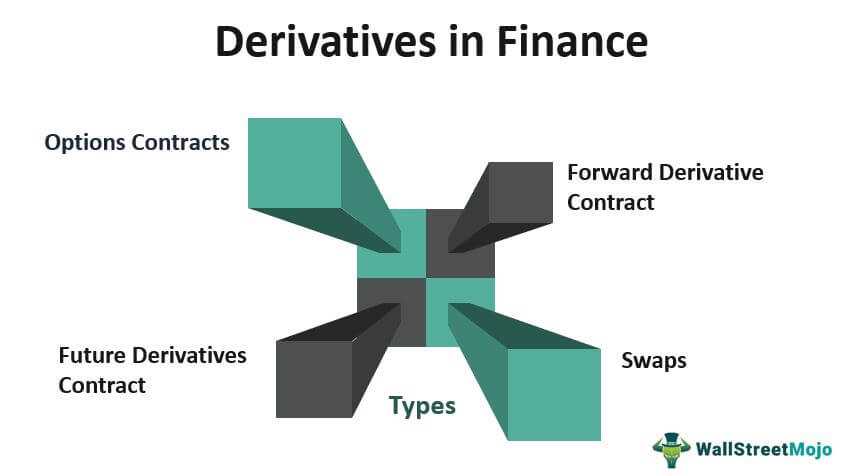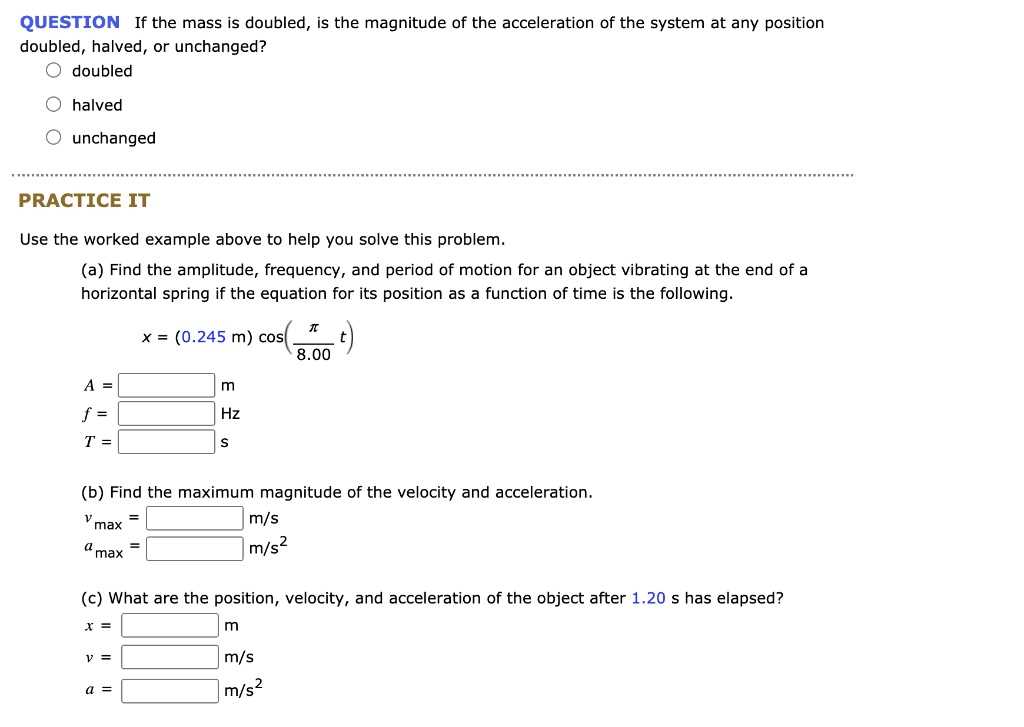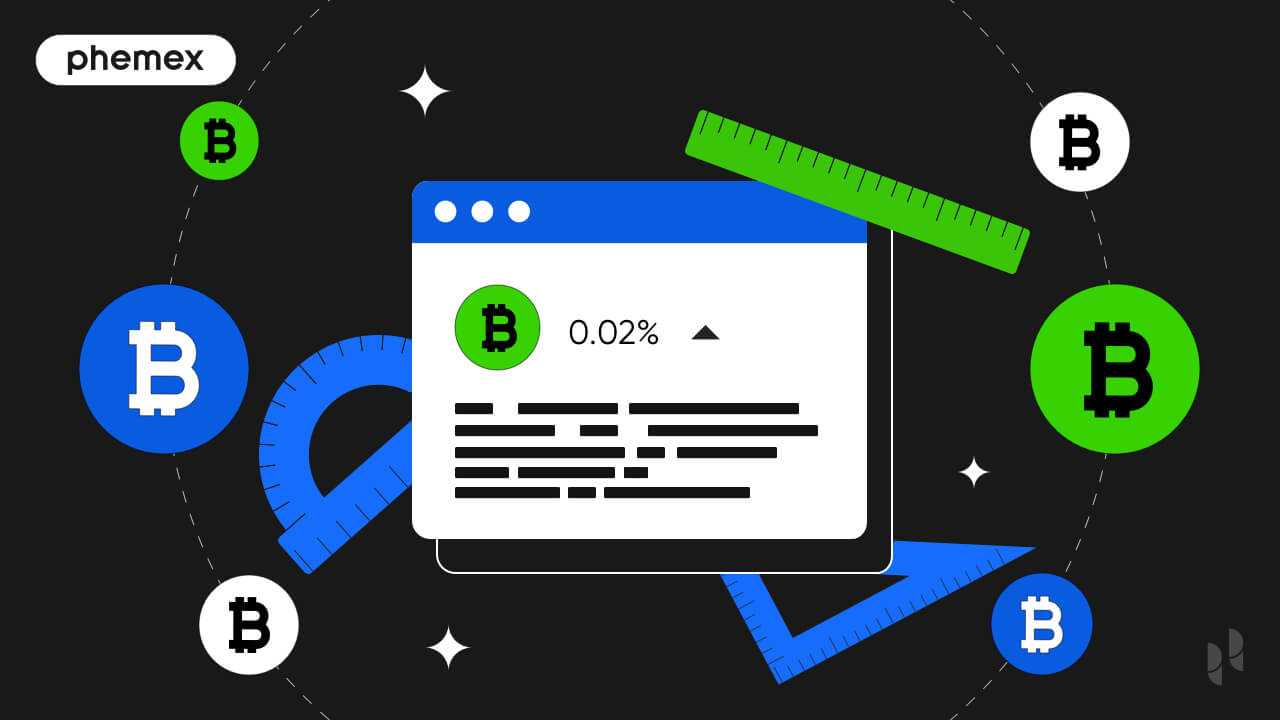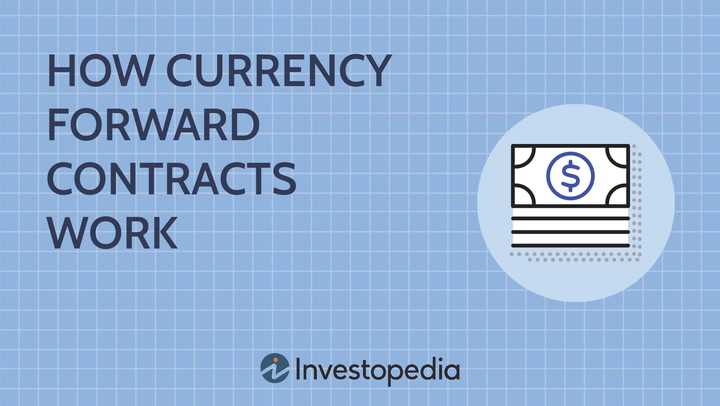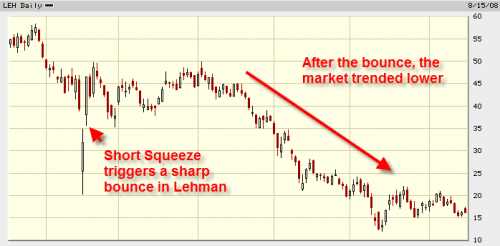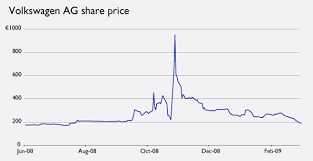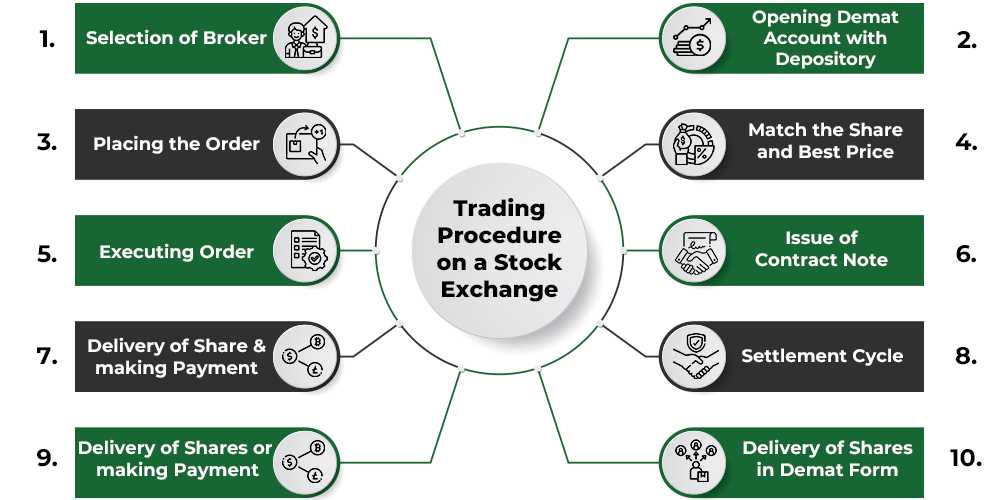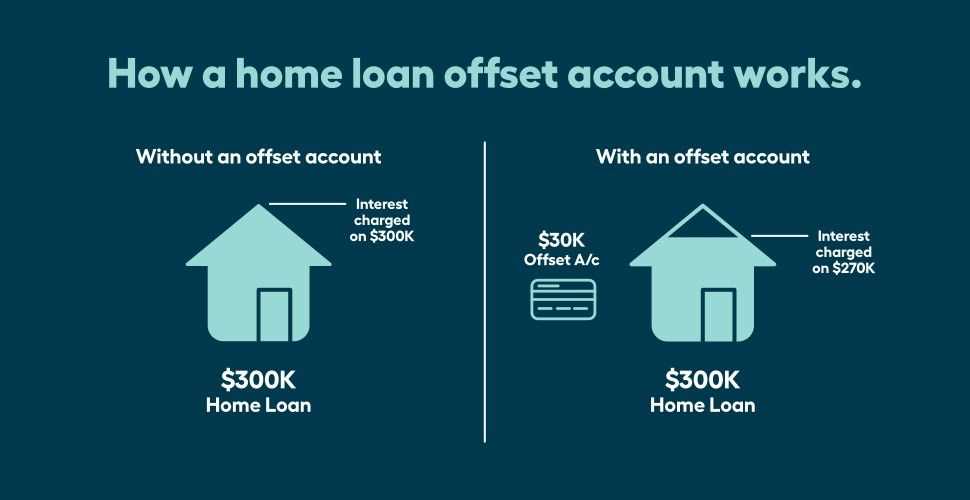Net Change: A Comprehensive Guide To How It Works And How To Read Charts
How Net Change Works in Trading Net change is a fundamental concept in trading that refers to the difference between the current price of an asset and its previous price. It provides valuable information about the direction and magnitude of price movements, allowing traders to make informed decisions. To calculate … …

